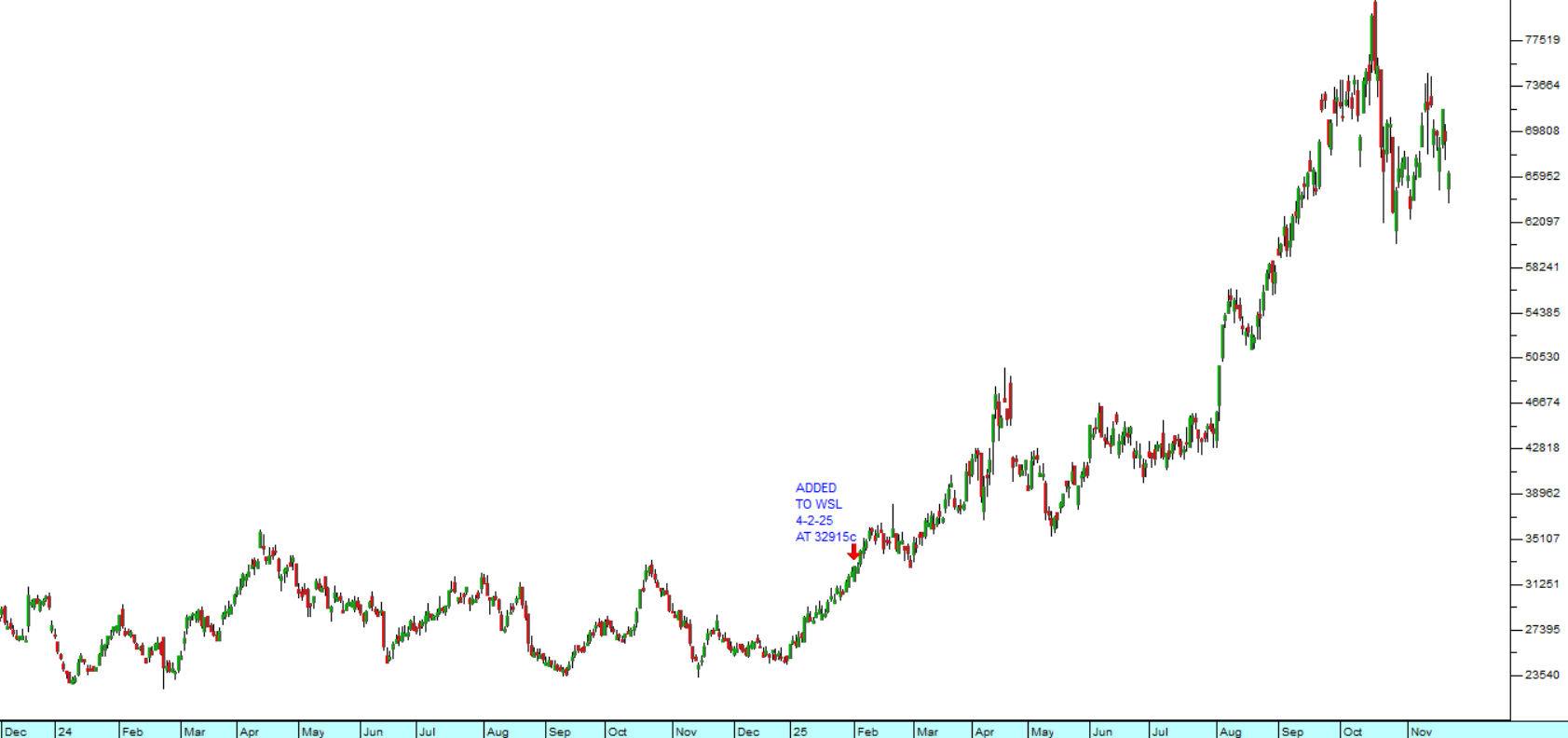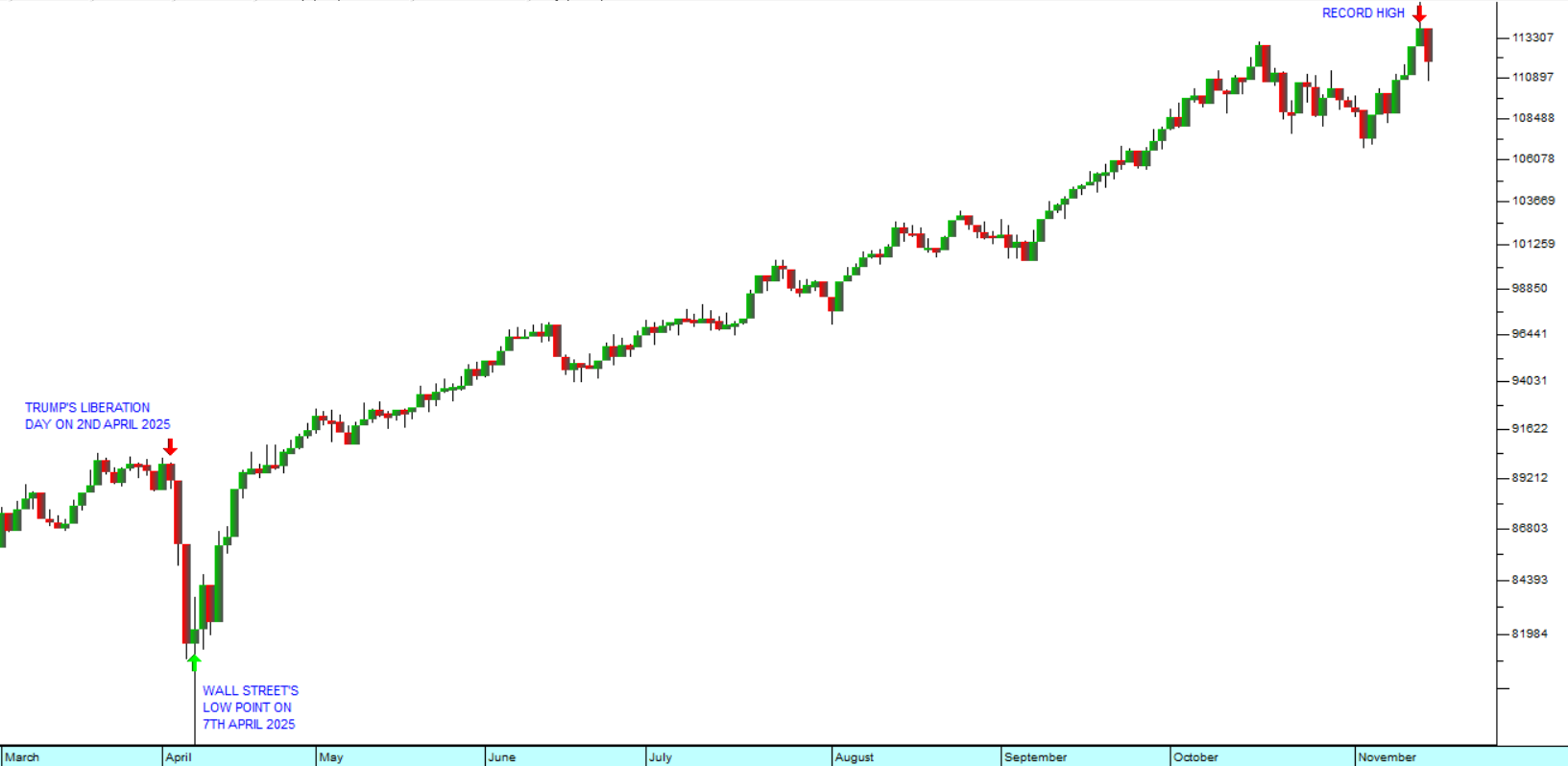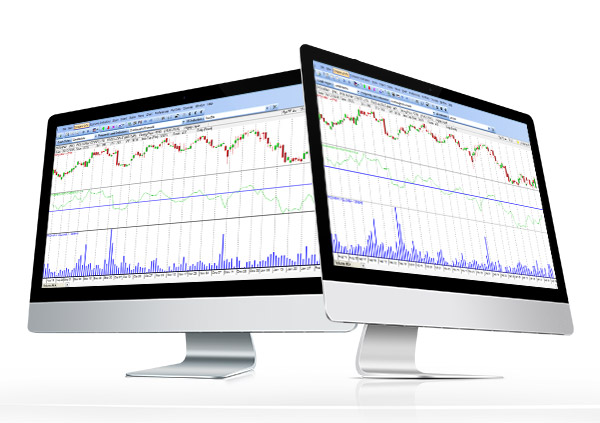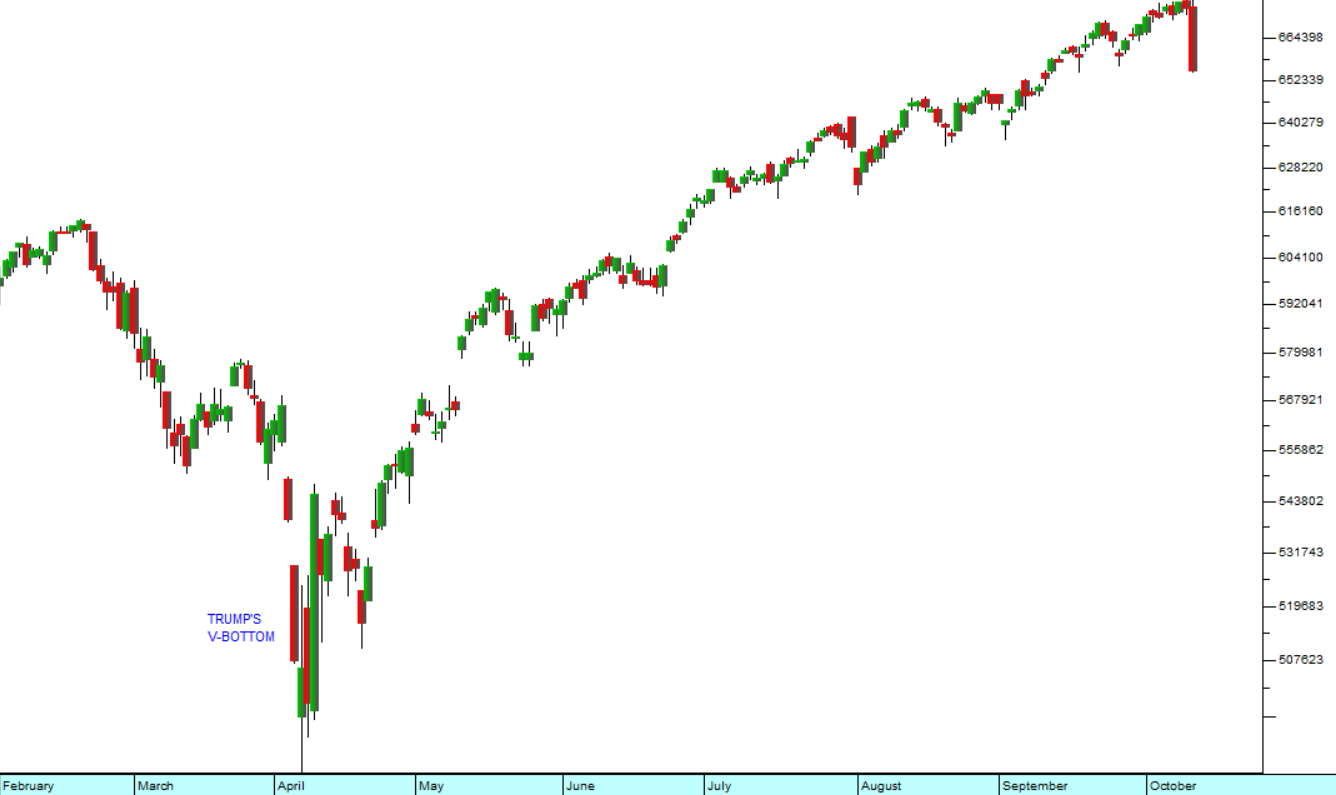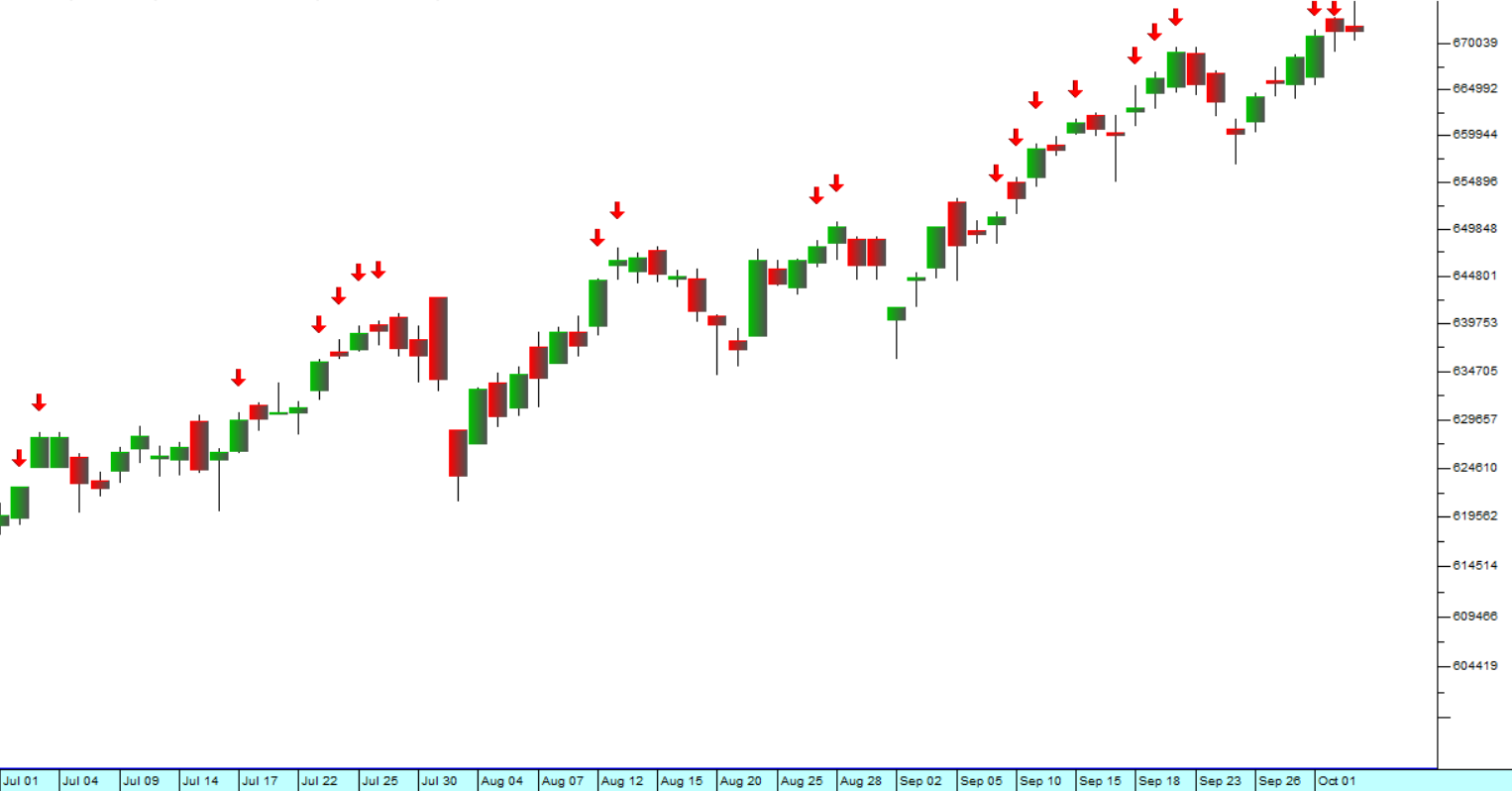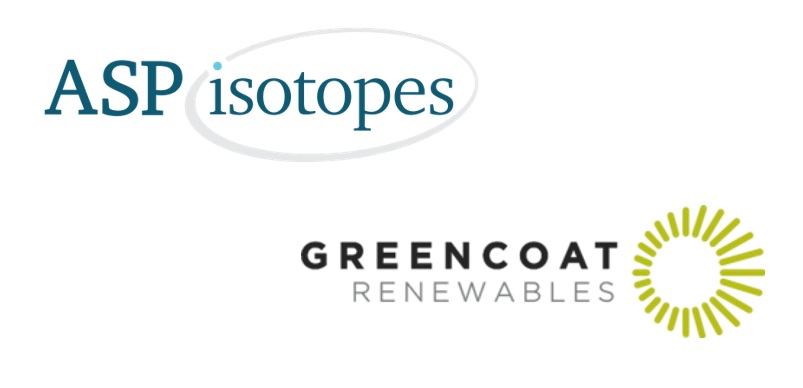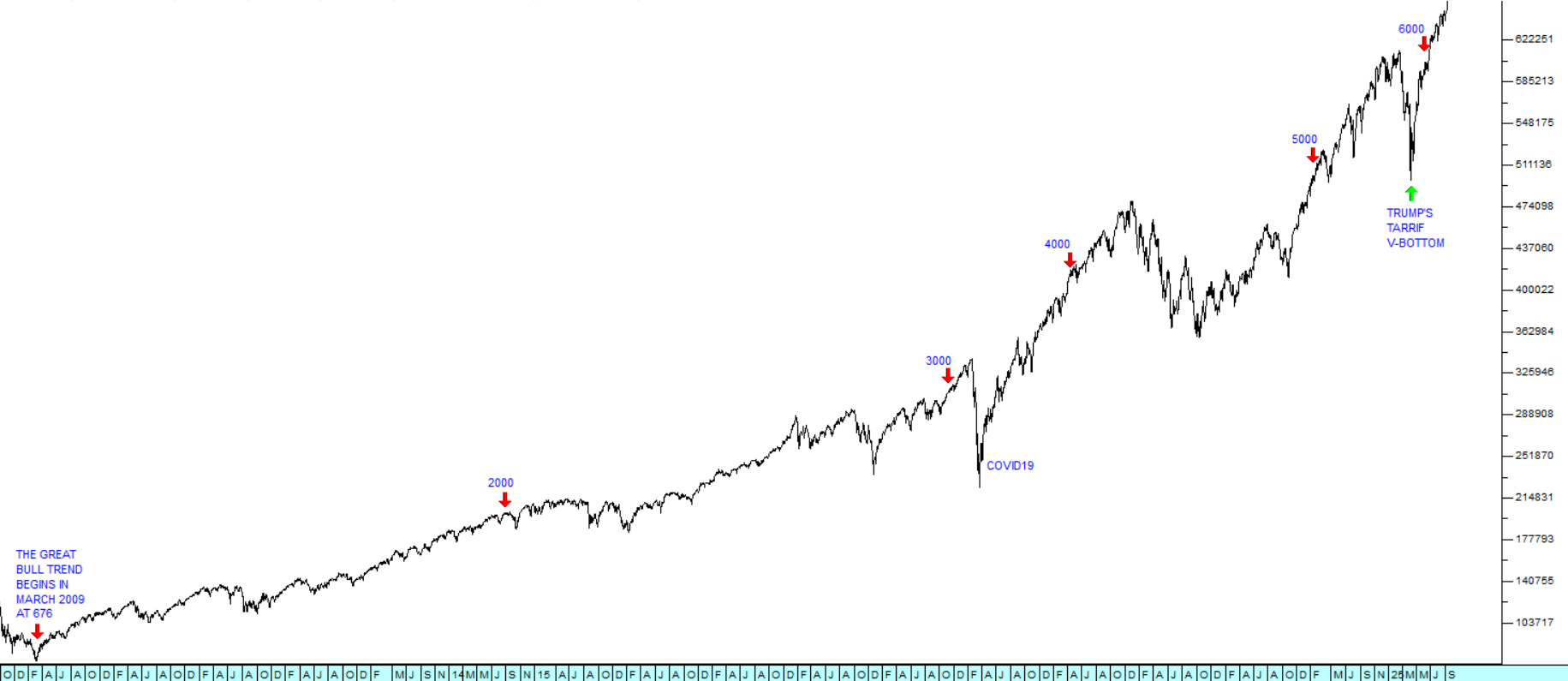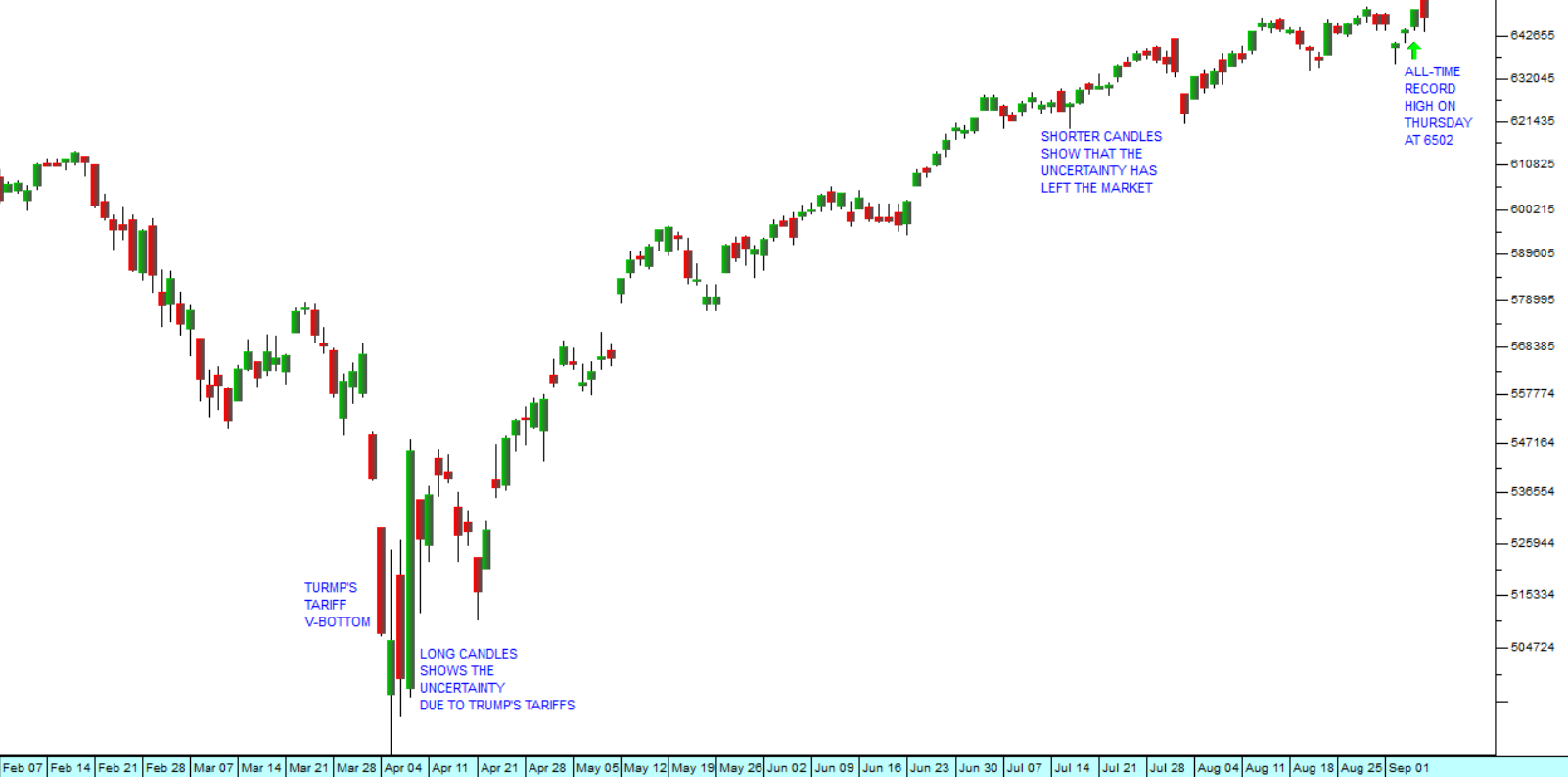Price:Earnings Growth
2 March 2017 By PDSNETInvestors buy shares because they anticipate good profits emanating from the company which will, sooner or later, translate into dividends or a rising share price. So the relationship between a company's share price and its past and expected earnings is of great interest to investors.
Typically, investors look for companies which have a long track record of increasing earnings every year consistently over an extended period. The longer their steadily rising pattern of profits goes on, the happier investors become. Shares which have this track record become "highly rated" while companies whose earnings pattern is erratic are "poorly rated".
The rating of a share is reflected in the Price:Earnings Ratio (PE). A high PE means that investors have a high regard for that company and its ability to increase profits over time - and vice versa.
The purpose of this article is to draw your attention to a ratio which compares the average percentage growth in a company's earnings over time with its current PE.
Logically, a company where the EPS grows steadily every year and has done so for a number of years should expect to trade on a high PE and vice versa.
The PE Growth ratio highlights this relationship by dividing the PE ratio by the average percentage growth in the company's earnings.
Let us take the example of Coronation (CML). You can get Coronation's EPS going back to 2003 from the comment feature of your software. If you copy this into an Excel spreadsheet, you can calculate the EPS growth ratio easily. Look at this extract from Excel:
| CORONATION | ||||
| Year | EPS | EPS % | ||
| 2003 | 15.92 | |||
| 2004 | 32.8 | 106.0 | ||
| 2005 | 43.8 | 33.5 | ||
| 2006 | 51.9 | 18.5 | ||
| 2007 | 81.41 | 56.9 | ||
| 2008 | 53.86 | -33.8 | ||
| 2009 | 65.81 | 22.2 | ||
| 2010 | 138.88 | 111.0 | ||
| 2011 | 198.2 | 42.7 | ||
| 2012 | 217.3 | 9.6 | ||
| 2013 | 433.9 | 99.7 | ||
| 2014 | 572.1 | 31.9 | ||
| 2015 | 517.9 | -9.5 | ||
| 2016 | 450 | -13.1 | ||
| P:E | 14.92 | 36.6 | 27.2 | |
| P:E Growth | 0.41 | 0.55 | ||
Here you can see that in 2004, Coronation had an EPS of 32,8c per share - which was 106% higher than the previous year's 15,92c. So the percentage growth in Coronation's EPS has been calculated for each of the 13 years from 2004 to 2016.
Then these percentage growths have been averaged to give a growth of 36,6% per annum over that thirteen year period. At the same time, Coronation's PE is currently 14,92 - which means its PE growth ratio is 14,92/36,6 = 0,41
In general, any PE Growth ratio which is below 1 is interesting and might indicate that the share is under-priced, while ratios above 1 mean that the share is probably fairly fully priced.
What is evident, however, is that in 2015 and 2016, Coronation's EPS actually declined - so the average is really a function of the years before 2015. If we re-calculate the ratio for the three years from 2014 to 2016, then we get a very different figure. The average EPS growth is now 27,2 - which means that the PE growth ratio is 0,55 - which still looks attractive, especially if you think that the earnings of the last two years will improve going forward.
Consider the figures for the following shares:
| Share | EPS % | P:E ratio | PE Growth |
| Sasol | 10,30 | 9,29 | 0,90 |
| Standard Bank | 10,46 | 11,3 | 0,93 |
| E.O.H. | 21,68 | 27,4 | 0,79 |
| Capitec | 27,73 | 37,9 | 0,63 |
| Naspers | 76,96 | 64,5 | 1,19 |
| Woolies | 16,11 | 18,0 | 0,89 |
| Pick 'n Pay | 28,77 | 11,8 | 2,43 |
| Shoprite | 19,4 | 21,0 | 0,92 |
| Coronation | 14,92 | 36,6 | 0,41 |
You can see here that most of these shares still represent reasonable value, with the exception of Naspers and Pick 'n Pay - based on their historical earnings growth. It is interesting that E.O.H. and especially Capitec, despite the fact that they are trading on a very high PE ratios, still represent good value in terms of their proven ability to consistently grow their earnings.
DISCLAIMER
All information and data contained within the PDSnet Articles is for informational purposes only. PDSnet makes no representations as to the accuracy, completeness, suitability, or validity, of any information, and shall not be liable for any errors, omissions, or any losses, injuries, or damages arising from its display or use. Information in the PDSnet Articles are based on the author’s opinion and experience and should not be considered professional financial investment advice. The ideas and strategies should never be used without first assessing your own personal and financial situation, or without consulting a financial professional. Thoughts and opinions will also change from time to time as more information is accumulated. PDSnet reserves the right to delete any comment or opinion for any reason.
Share this article:
